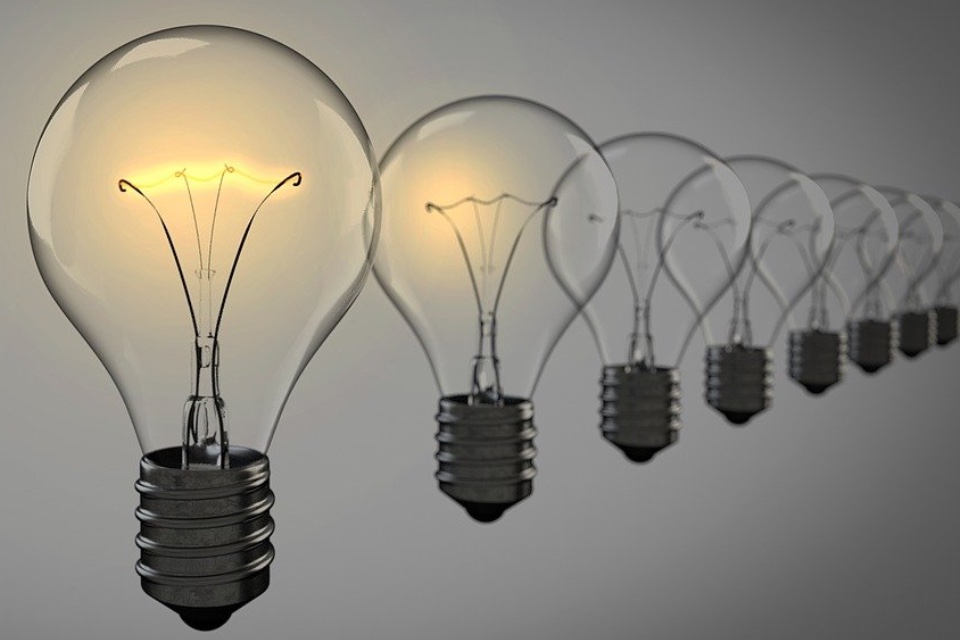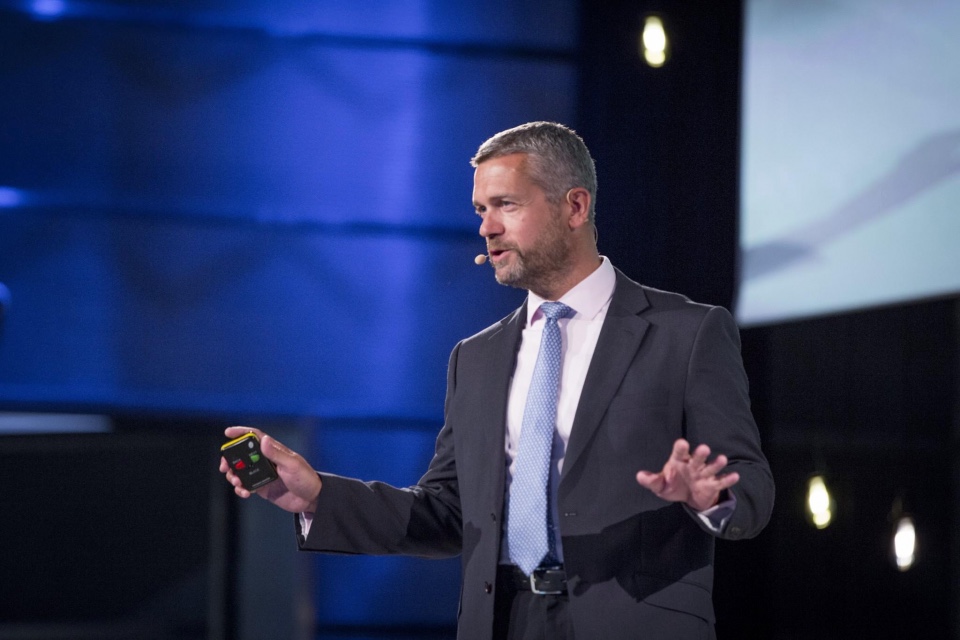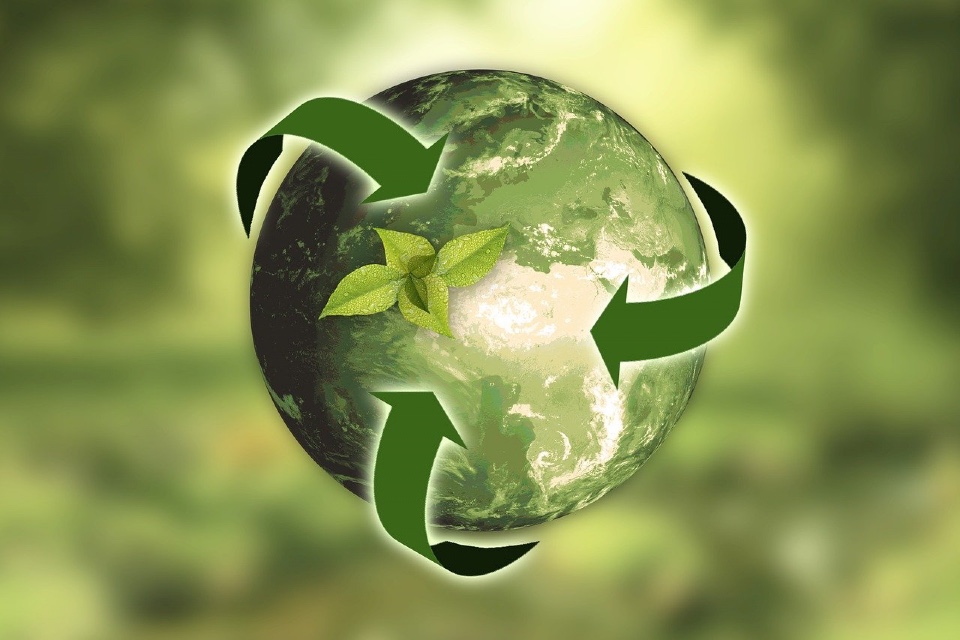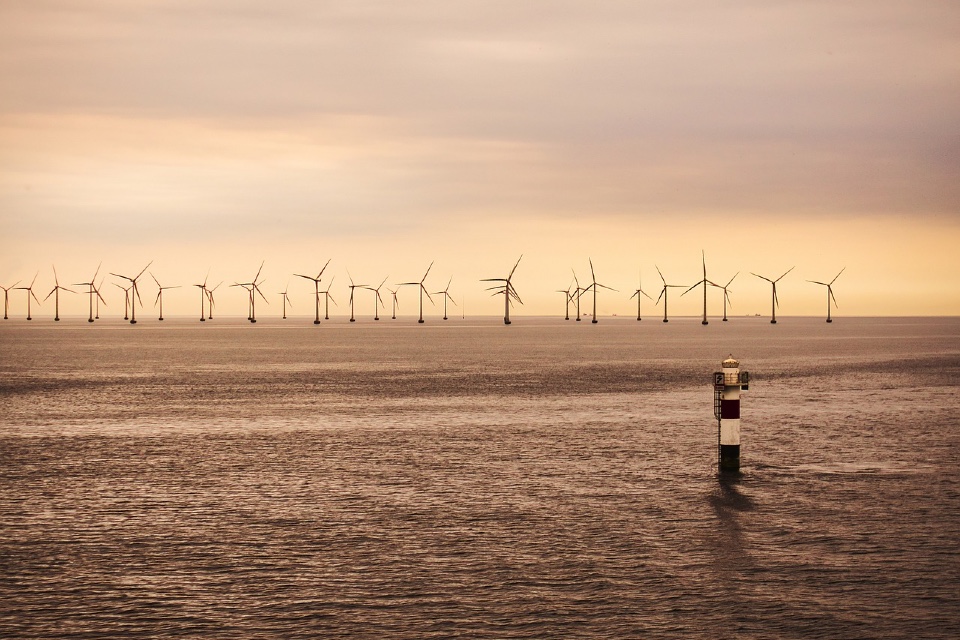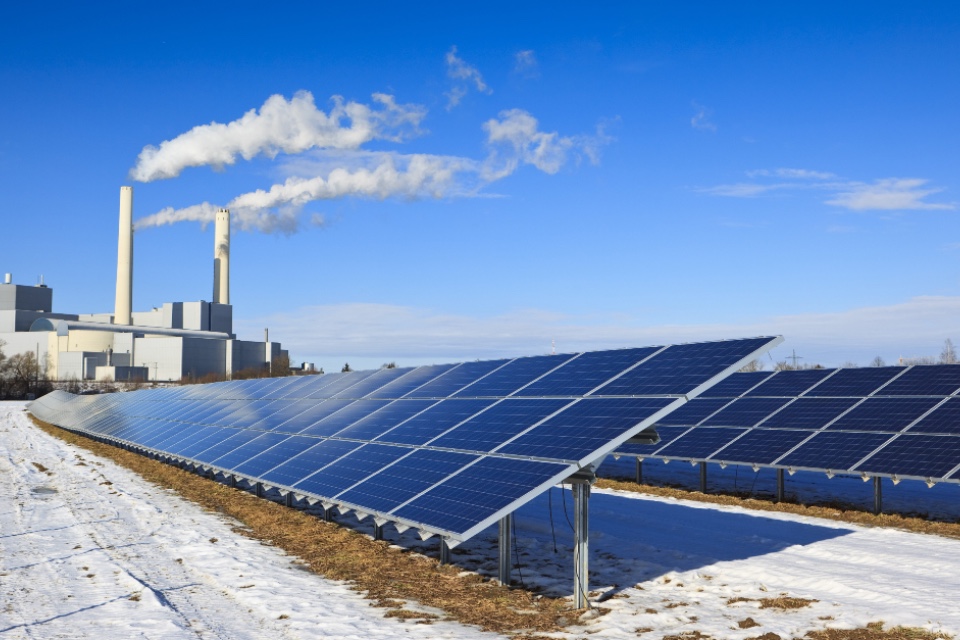HANetf recently reached out to its expert partners in the energy sector to articulate their thoughts on the ongoing energy crisis in Europe [1].
With Europe currently sweltering under extreme temperatures, cold weather is likely the last thing on the mind of many. However, with Russia dialling back supplies to Europe, the continent potentially faces an energy shock this winter.
Gabriela Herculano, manager of the iClima Global Decarbonisation Enablers UCITS ETF (CLMA) and iClima Smart Energy UCITS ETF (DGEN) comments on the difficult decisions being faced by European countries: “Countries are facing a “trilemma” during the coming energy transition, as we must decarbonize the energy industry while guaranteeing security of supply and affordability. European countries are doing two things in parallel: passing legislation that supports a massive acceleration in the energy transition, while going back to using fossil fuel for electricity generation.[2] Coal burning related emissions are thus likely to increase in Europe. The consequences of the reduced flow of natural gas from Russia that started in June are profound.
“In the long run, Germany will decarbonize its energy sources and renewable energy will replace Russian hydrocarbons, but in the short term the alternative is to replace natural gas (that can only be either liquified as LNG and then transported or sent via long pipelines) with coal (that is transportable in bulk) for electricity needs and store the natural has still being supplied for heat purposes ahead of next winter.[3] Germany, Italy, Austria, and the Netherlands have all announced plans to restart coal fired power plants; Germany’s Economy Minister Robert Habeck, a Green Party member, referring to the decision as “painful but a necessity.[4]
“However, the mid to longer term growth prospects of green solutions – from EV adoption to long duration energy storage – are extremely strong, again led by Germany in a material way. That means that longer term investors have a unique opportunity to invest in the companies leading the energy transition at a steep discount.”
Konrad Sippel, Head of Research at Solactive, the index provider for the Electric Vehicle Charging Infrastructure UCITS ETF (ELEC), expands on this issue:
“I think the interesting thing to observe is how quickly past policy decisions become obsolete in the light of a real and immediate threat of an energy shortage: discussions about increasing the use of coal power, the re-opening of a discussion on nuclear energy in Germany, just to name some examples.
“On the other hand, the short-term crisis is also likely to accelerate adoption and expansion of renewable and alternative energy sources and an affirmation of the Paris Agreement goals which should also in the mid-term benefit the Electric Vehicle ecosystem and provide an additional push for the expansion of the charging networks.”
Stephen Derkash, manager of the Solar Energy UCITS ETF (TANN) comments: “Global oil prices and European gas and electricity prices have spiked in the aftermath of Russia’s invasion of Ukraine. As the conflict in Ukraine continues, European leaders are pushing for a faster switch to renewables as part of a strategy to end dependence on Russian gas. Currently, approximately 40% of the EU’s gas and about 25% of its oil is imported from Russia. The EU’s ambitious plans now call for fast-tracking deployment of solar and tripling clean energy capacity by 2030.[5] The effects of the conflict have implications for greenhouse gas emissions and energy policy.
“Experts say that electricity has to take over from natural gas in sectors where just months ago gas seemed a secure long-term bet, which would significantly enhance prospects for solar power.[6] The European Commission believes it can replace 24 billion cubic metres (bcm) of Russian gas with zero-emissions renewable energy sources this year.[7]Furthermore, The International Energy Agency (IEA) issued a 10-point plan in March to reduce Russian gas imports by 63bcm, approximately half of what Europe imported last year, through a mixture of diversification and economy.[8]The organisation says these measures could be enacted in the next year, without building new infrastructure. Following the IEA’s statement, the European Commission announced an even more ambitious plan, the REPowerEU plan, to reduce reliance on Russian gas by two-thirds before Christmas and abolish all Russian fossil fuels – including coal and oil – by 2030.[9]
“The IEA plan would reduce Russian gas use by 33bcm by asking Europeans to turn down their thermostats by 1 degree Celsius (33.8 Fahrenheit) and increasing electricity generation from nuclear power and biofuels and renewable energy.[10] Additionally, the EU is aiming to make solar panels mandatory on all new buildings by 2029 under a new proposal aimed at rapidly replacing its reliance on Russian oil and gas.[11] The EU’s REPowerEU plan and the “solar rooftop initiative” is introducing a phased-in legal obligation to install solar panels on new public and commercial buildings, as well as new residential buildings by 2029.[12] If successful, solar energy will become the largest electricity source in the EU by 2030, with more than half of the share coming from rooftops.”
Furthermore, Europe’s energy crisis has implications far beyond the continent. Stacey Morris, manager of the Alerian Midstream Energy Dividend UCITS ETF (MMLP), comments: “Benchmark Dutch natural gas prices have reached record highs in the wake of Russia’s invasion. Unlike oil, there are no strategic reserves for natural gas, and European inventories were already tight this winter.
“Although it will take time, Europe can reduce its dependency on Russian natural gas through the ongoing shift towards renewables and by purchasing LNG. To facilitate this, additional import capacity may be needed with Germany recently committing to the construction of two LNG import terminals.
“While the near-term impact of Russia’s invasion on energy commodity prices is readily apparent, the intermediate and long-term implications for the US energy landscape are less certain. Changes in how Europe sources natural gas should have positive long-term implications for US LNG exports with direct and indirect benefits for energy infrastructure. The extent to which US producers will accelerate production growth is less clear but could result in more volumes for energy infrastructure companies to handle.”
[1] First white label ETF issuer, as confirmed in ETF Database of all ETFs: https://etfdb.com/
[2] https://www.france24.com/en/live-news/20220620-dutch-join-germany-austria-in-reverting-to-coal
[3] https://www.bloomberg.com/news/articles/2022-07-16/germany-to-do-everything-to-fight-climate-crisis-scholz-says
[4] https://www.bloomberg.com/news/articles/2022-07-07/germany-s-habeck-urges-canada-to-help-thwart-putin-s-gas-excuses#xj4y7vzkg
[5] https://www.carbonbrief.org/in-depth-qa-how-the-eu-plans-to-end-its-reliance-on-russian-fossil-fuels/#:~:text=The%20commission%20recommends%20raising%20the,for%2055%20proposals%20last%20year
[6] https://www.ftadviser.com/investments/2022/06/27/the-race-for-energy-independence-accelerating-the-green-transition/
[7] https://www.iea.org/reports/a-10-point-plan-to-reduce-the-european-unions-reliance-on-russian-natural-gas
[8] https://www.iea.org/reports/a-10-point-plan-to-reduce-the-european-unions-reliance-on-russian-natural-gas
[9] https://www.carbonbrief.org/in-depth-qa-how-the-eu-plans-to-end-its-reliance-on-russian-fossil-fuels/#:~:text=The%20commission%20recommends%20raising%20the,for%2055%20proposals%20last%20year
[10] https://www.theguardian.com/environment/2022/mar/03/turn-down-heating-reduce-need-russian-imports-europeans-told#:~:text=4%20months%20old-,Turn%20down%20heating%20by%201C%20to,for%20Russian%20imports%2C%20Europeans%20told&text=Europeans%20should%20turn%20down%20their,leading%20energy%20adviser%20has%20said.
[11] https://www.independent.co.uk/climate-change/news/solar-panels-new-buildings-eu-mandatory-b2081732.html
[12] https://www.independent.co.uk/climate-change/news/solar-panels-new-buildings-eu-mandatory-b2081732.html



